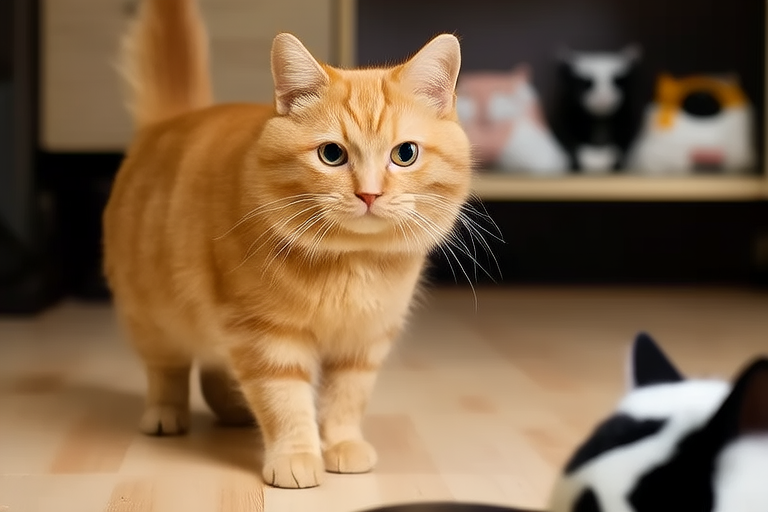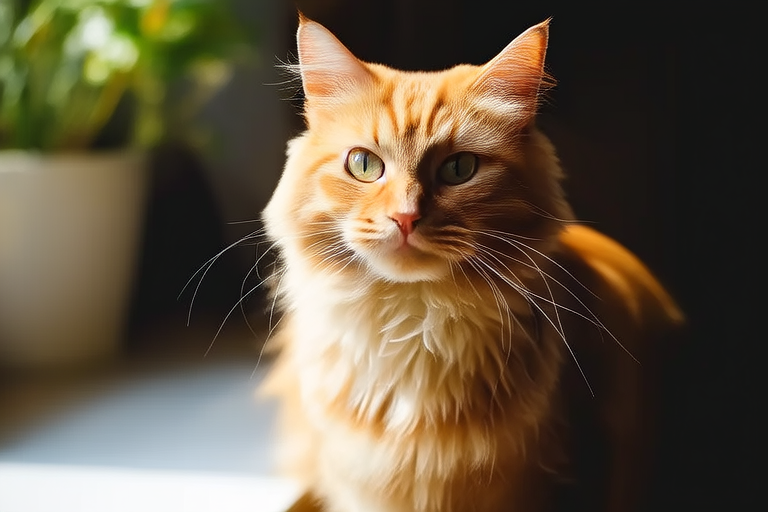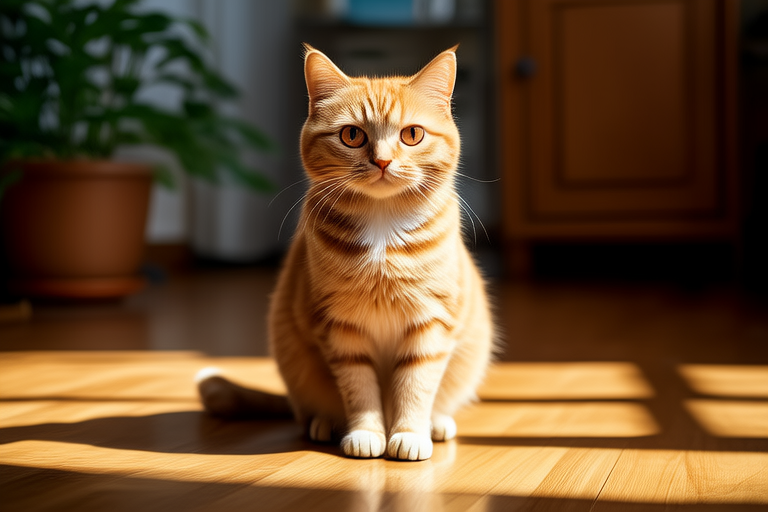
Orange Cats vs. Other Colors: Why These Kitties Stand Out Online
In the vast world of social media and online platforms, one particular feline color has captured the hearts of millions: orange. From Instagram to YouTube, orange cats seem to dominate the virtual space, leaving many to wonder why these kitties stand out so prominently compared to their differently colored counterparts. This article delves into the reasons behind the popularity of orange cats on the internet, exploring their appearance, personalities, and historical significance. We’ll also compare their online presence with that of other popular cat colors, providing a comprehensive analysis of how color influences the perception and appeal of cats in digital media.
The Popularity of Orange Cats Online
According to recent studies, orange cats are among the most frequently shared on social media platforms, often outshining other colors by significant margins. Their striking appearance, combined with certain behavioral traits, makes them particularly appealing to internet users. One reason for this is the vibrant nature of their fur, which contrasts beautifully against backgrounds, making them visually appealing in photos and videos. Additionally, the internet’s fascination with cuteness and humor often aligns perfectly with the playful antics of orange cats, contributing to their widespread visibility.
Why Orange Cats Stand Out
Several factors contribute to the prominence of orange cats in internet culture. Firstly, their distinct appearance sets them apart from other cats. The warm hues of orange, ranging from light creams to deep oranges, create a visually striking contrast against various backgrounds, making them easily recognizable in photos and videos. This visual appeal is further enhanced by the fact that orange cats tend to have green eyes, adding an extra layer of charm and uniqueness to their looks.
Secondly, orange cats are often associated with specific personality traits that resonate well with internet audiences. They are frequently described as friendly, curious, and playful, traits that are highly valued in the digital age where interaction and engagement are key. These characteristics make them ideal subjects for viral content, as their antics can easily be captured and shared across platforms.
Historically, orange cats have been represented in various forms of media, including literature and art, which has contributed to their familiarity and appeal. Their portrayal as lovable and approachable animals has helped cement their place in popular culture, making them a natural fit for the internet’s ever-growing community of cat enthusiasts.
Famous Orange Cats from the Internet
One of the most famous orange cats online is Maru, a Japanese cat known for his love of boxes. Maru’s quirky behavior and adorable face have made him a sensation on YouTube, with millions of views on his videos. Another notable example is Grumpy Cat, whose perpetually grumpy expression has become iconic. While Grumpy Cat herself was not orange, her sister, who shares the same breed and similar features, has gained attention as well. These examples illustrate how specific traits, whether it’s a love for boxes or a unique facial expression, can elevate an orange cat’s online presence.
Comparing the Online Presence of Orange Cats with Other Colors
When comparing the online presence of orange cats with that of other popular cat colors, several differences emerge. Blue-eyed white cats, for instance, are often noted for their ethereal beauty, but they may lack the playful energy that resonates so well with internet audiences. Black cats, while equally beloved, are sometimes overshadowed by superstitions and cultural associations that can limit their visibility. Gray cats, with their neutral tones, tend to blend into backgrounds, making them less visually striking than their orange counterparts. Calico cats, with their multicolored coats, offer a unique aesthetic but may struggle to establish consistent themes or behaviors that appeal to a broad audience.
Despite these differences, each color has its own strengths and can find success in different areas of the internet. For instance, black cats may excel in darker-themed content or Halloween-related posts, while calico cats can draw attention through their varied patterns and unique appearances. However, orange cats seem to have a universal appeal that transcends specific themes or holidays, making them a favorite across a wide range of content types.
The Influence of Color on Perceptions and Appeal
The choice of color can significantly influence how a cat is perceived and received in digital media. Orange cats, with their bright and cheerful appearance, are often associated with happiness and warmth, qualities that resonate strongly with internet users. Their visual appeal is complemented by their playful personalities, creating a winning combination that fosters engagement and shares.
In contrast, other colors may evoke different emotions or associations. Blue-eyed white cats, for example, may be seen as mysterious or elegant, while black cats might be viewed as sleek and powerful. Each color has its own narrative and potential for storytelling, which can shape the type of content created around them. Understanding these nuances can help creators tailor their content to best showcase the unique qualities of each cat, ensuring maximum impact and engagement.
Ultimately, the popularity of orange cats on the internet is a testament to the power of visual appeal and personality traits in shaping digital media. As social media continues to evolve, the role of color in influencing perceptions and appeal will likely remain a key factor in determining the success of cat-related content. By embracing the distinctive qualities of each color, creators can tap into the vast potential of the internet to share and celebrate the diverse world of feline companionship.






